The Significance of the Cicada in Traditional Chinese Culture and Its Symbolism in Jewelry
In Chinese culture, the cicada, known as “知了” carries profound spiritual symbolism. Its life cycle—emerging from years of underground dormancy to molt and take flight—has been revered by scholars as a metaphor for rebirth and transcendence, embodying noble character.
- Cultural Significance
- Symbol of Immortality
Due to its ability to shed its exoskeleton while preserving its body, ancient Chinese placed jade cicadas (called “琀蝉”) in burials as a belief in the eternal soul. Such burial jades were commonly found in noble tombs from the Han Dynasty. - Emblem of Scholarly Integrity
Living high in trees and feeding on dew, the cicada became a symbol of “purity and incorruptibility”(as recorded in Records of the Grand Historian: “The cicada molts from filth to float beyond worldly dust”). Scholars often wore cicada-shaped pendants to express their ideals. - Lucky Charm in Imperial Examinations
The “cicada crown” adorned the headgear of Han Dynasty court officials. By the Ming and Qing dynasties, brush holders shaped like cicadas—implying “a startling success with one cry”—became essential for exam candidates, symbolizing hopes for top honors in civil exams. - Symbolism in Jewelry
- Symbol of Immortality
- Jade Cicada Pendants: Hetian jade carvings in bluish-white hues were highly prized, embodying the Confucian ideal of “gentlemen likening virtue to jade”—worn to reinforce moral steadfastness.
- Golden Cicada with Coin: Merchants favored solid gold “wealth-attracting cicadas,” where the insect clutches a coin, blending prosperity and longevitywith worldly aspirations.
In contemporary jewelry design, cicada motifs are often paired with lotus flowers or bamboo nodes, preserving the traditional aesthetic of “rising untainted from mud” while aligning with minimalist trends—a spiritual totem bridging ancient and modern times.

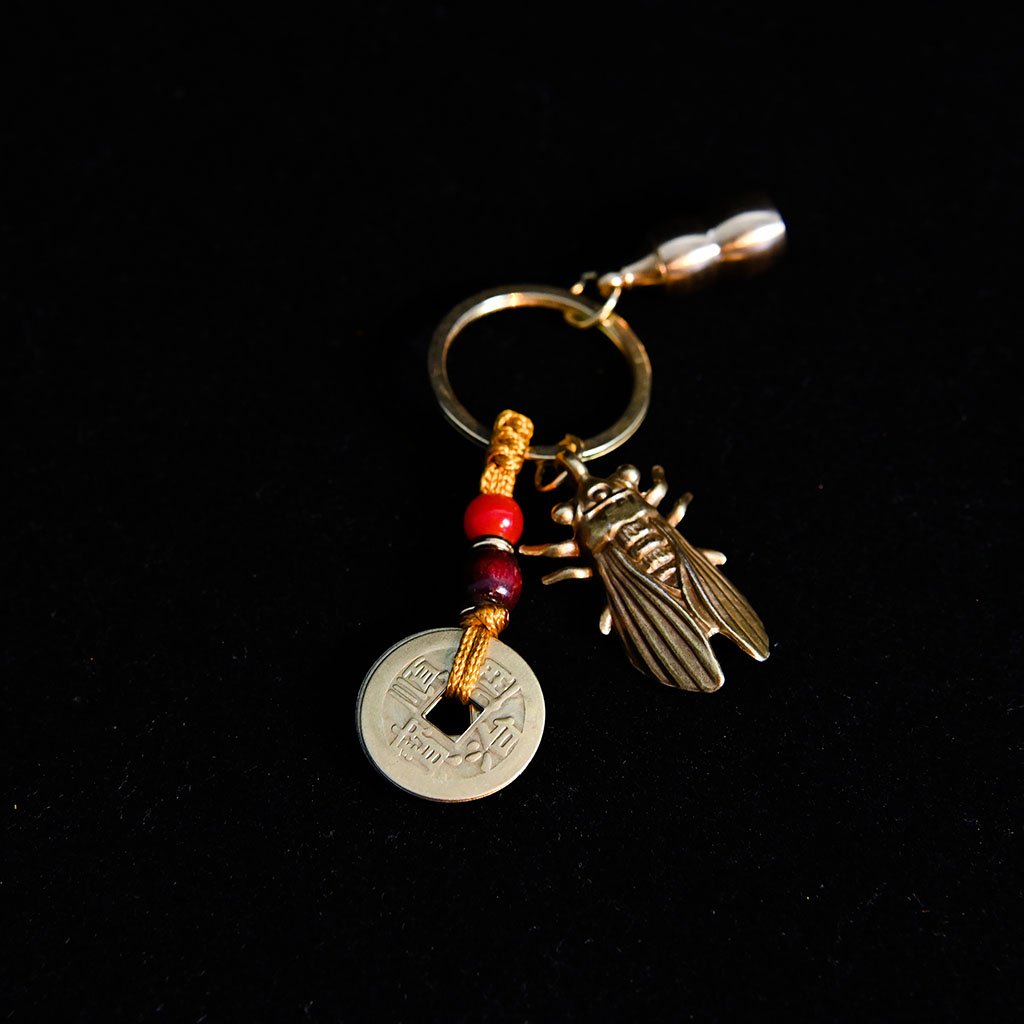

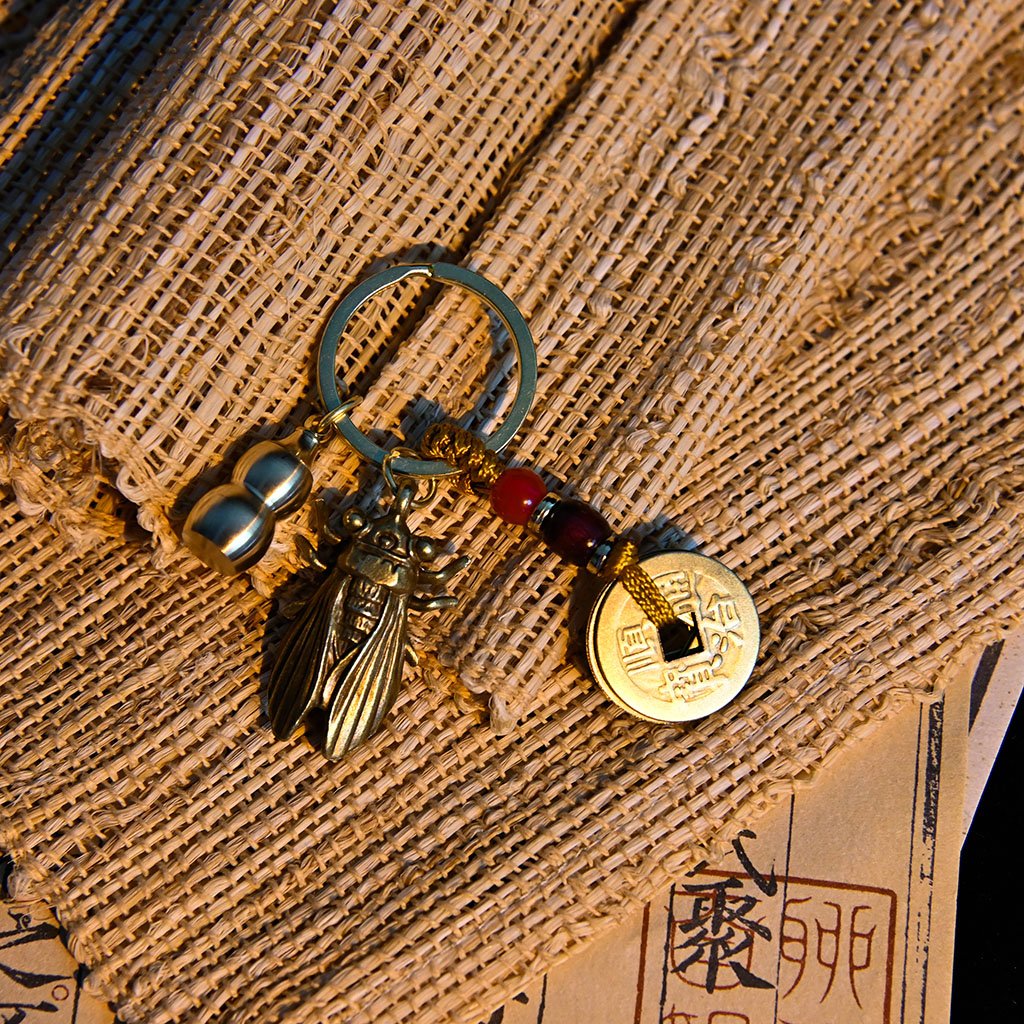
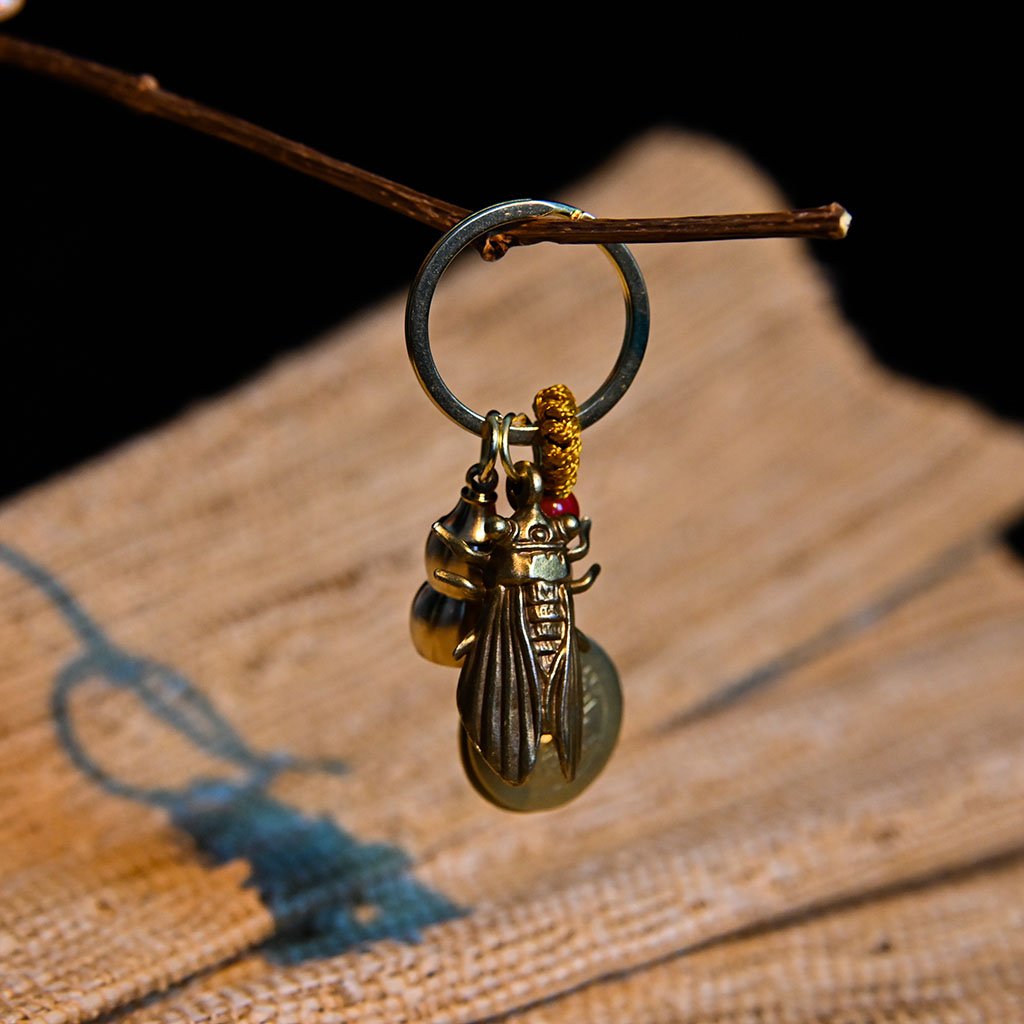
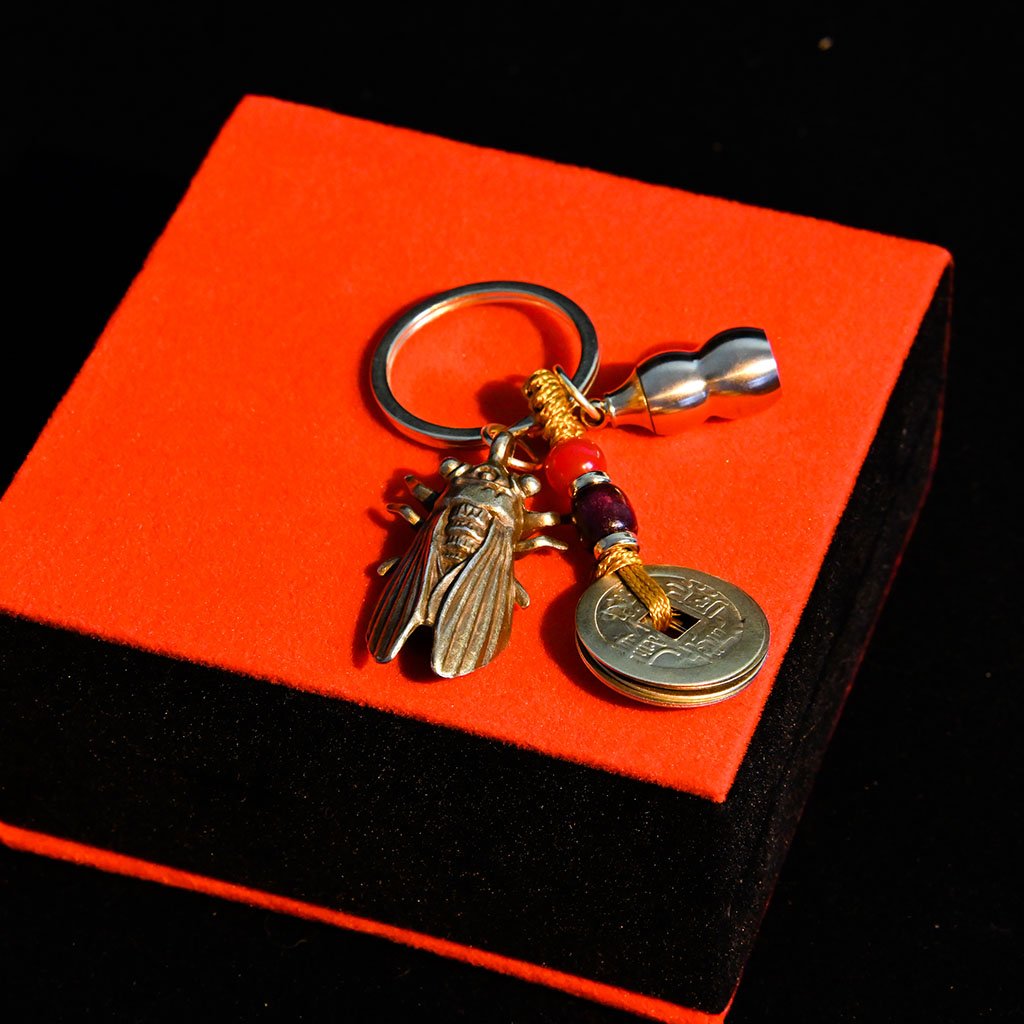
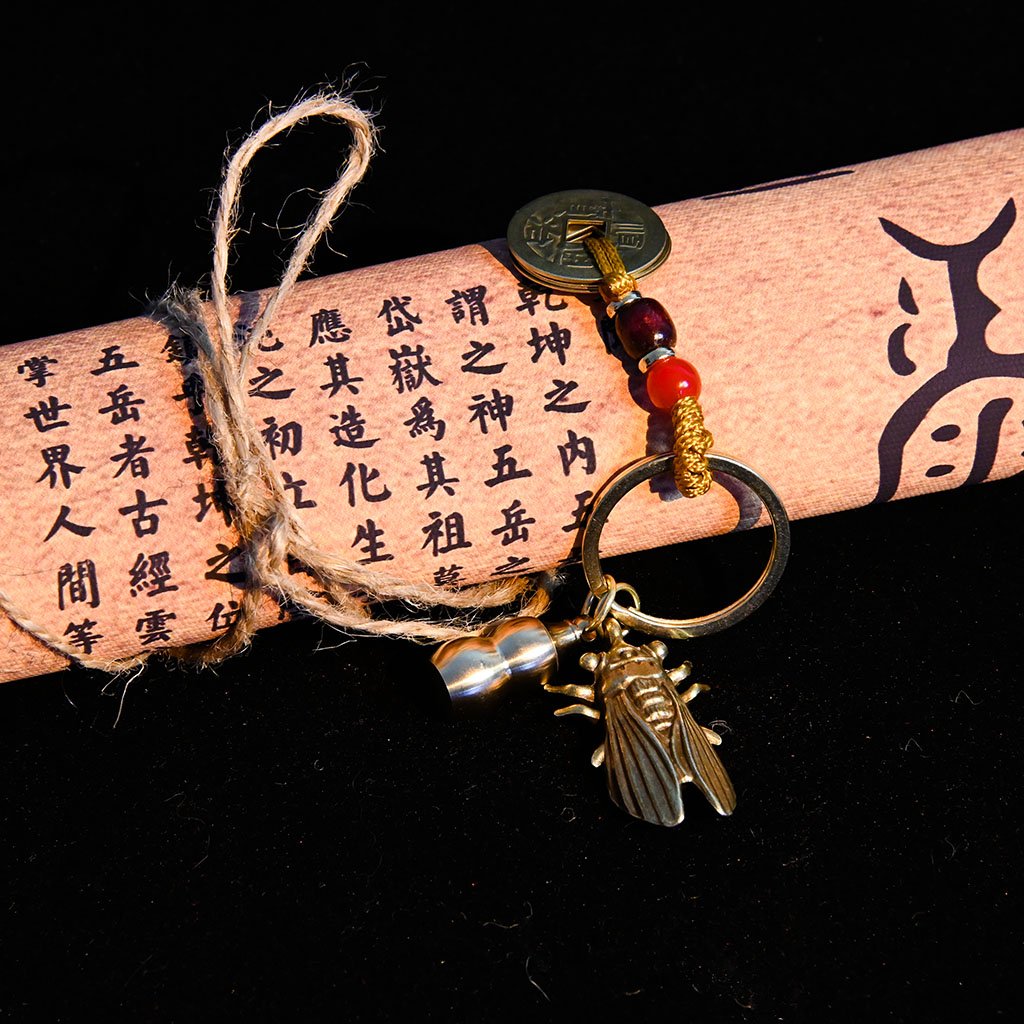



Reviews
There are no reviews yet.